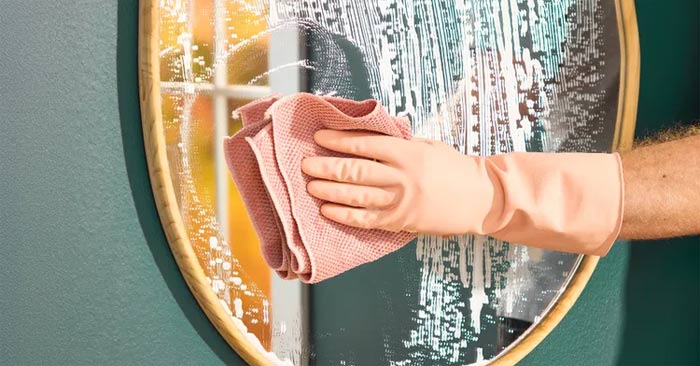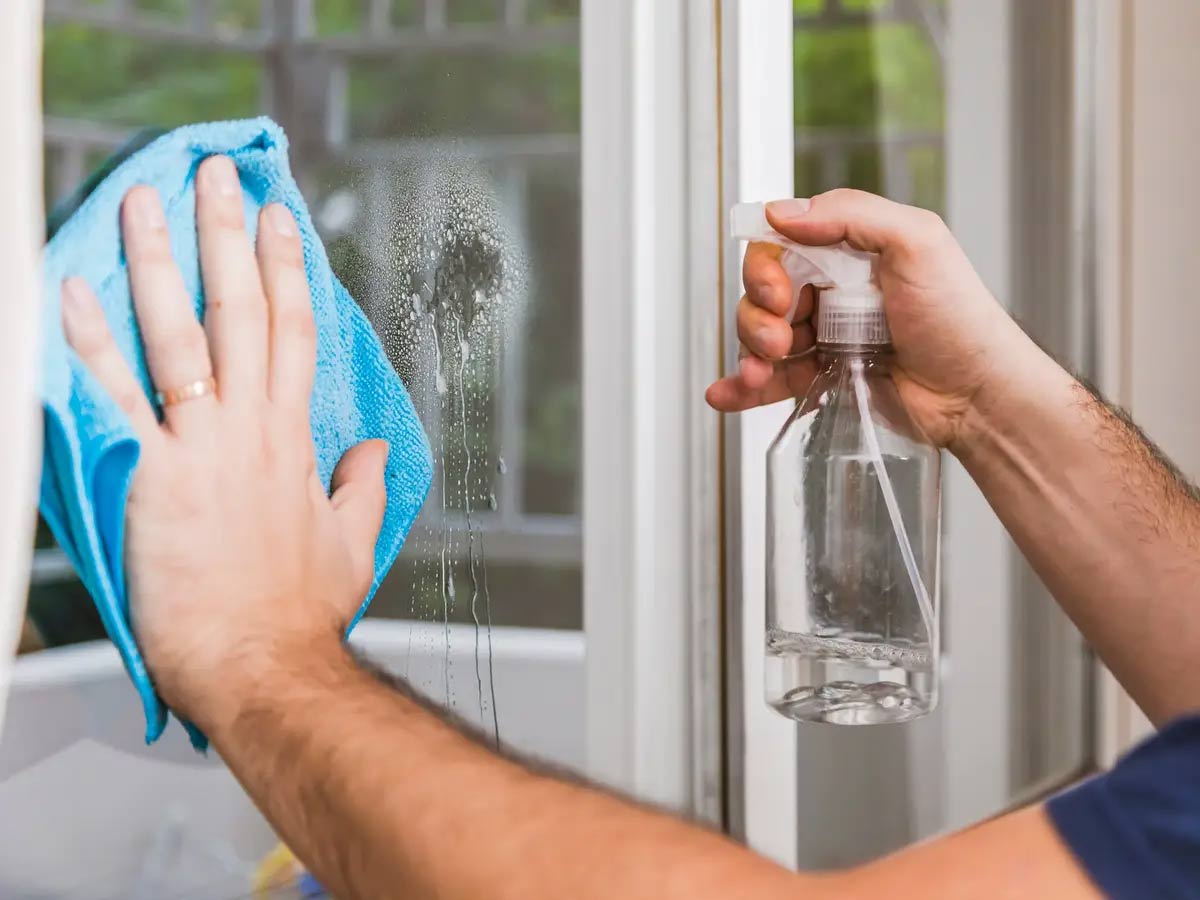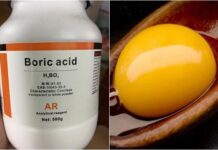Dish soap is a simple, cost-effective solution for cleaning glass, but using the right technique and amount is key to avoiding pesky streaks.

Below, experts share their method for cleaning glass with dish soap, along with helpful tips for using everyday items like distilled white vinegar, rubbing alcohol, and even newspaper to achieve streak-free results.
How to Clean Glass Surfaces Without Streaks
- Prepare the Cleaning Solution. Add one or two drops of dish soap to warm water in a bucket or spray bottle.
- Dampen a Microfiber Cloth. Dip a clean microfiber cloth into the soapy water and wipe the entire glass surface.
- Rinse Thoroughly. If the glass is removable and small enough, rinse it in a sink or bathtub. Otherwise, use another damp microfiber cloth to remove soap residue.
- Use a Squeegee. Pull the squeegee in overlapping strokes from top to bottom for a crystal-clear finish, ideal for large windows.
- Dry Immediately with a Microfiber Cloth. Use a clean, dry microfiber cloth or lint-free towel to prevent streaks and water spots.

Why Do Streaks Appear on Glass?
Streaks on glass can result from several factors. While using more soap might seem effective, it often leads to residue and streaks.
Other causes include using improper cleaning tools, not drying glass immediately, and cleaning on hot, sunny days.
“Our top tip is to clean glass on cloudy days or when it’s cool. Direct sunlight heats the glass, causing cleaning solutions to dry too quickly and leave streaks,” says Scott Schrader, cleaning expert and marketing director at CottageCare.

Alternative Streak-Free Glass Cleaning Methods
Distilled White Vinegar
Distilled white vinegar is a budget-friendly option that removes dirt and grease without streaks. Here’s how:
- Mix the Vinegar Solution. Combine equal parts water and distilled white vinegar in a bucket or spray bottle.
- Apply the Solution. Spray the mixture onto the glass or dampen a microfiber cloth and wipe the surface.
- Wipe Clean. Use a microfiber cloth to wipe the glass in long, horizontal strokes.
- Use a Squeegee. Pull the squeegee from top to bottom in the opposite direction of your initial wipe.
- Dry Immediately. Use a clean, dry microfiber cloth to prevent water spots and streaks.
Rubbing Alcohol
- Prepare the Solution. Mix equal parts distilled water and rubbing alcohol in a bucket or spray bottle. Add one tablespoon of distilled white vinegar and stir.
- Apply the Solution. Spray the mixture onto the glass or use a damp microfiber cloth to apply it.
- Wipe Clean. Use a microfiber cloth to wipe the glass in long, horizontal strokes.
- Use a Squeegee. Pull the squeegee from top to bottom to remove residue.
Dry the Glass. Use a clean, dry microfiber cloth to ensure the glass is spotless and streak-free.
Newspaper
For a streak-free, polished finish, try using newspaper. While it may seem old-fashioned, newspaper leaves no lint and has the right texture to buff glass to a shine. Apply your chosen cleaning solution to the glass.
- Crumple a Newspaper. Take a black-and-white newspaper and crumple it into a ball.
- Wipe the Glass. Unfold the crumpled newspaper slightly and use it to wipe the glass in long, horizontal strokes.
- Buff to a Shine. Use another crumpled newspaper to buff the glass, ensuring it’s completely dry, streak-free, and gleaming.

































